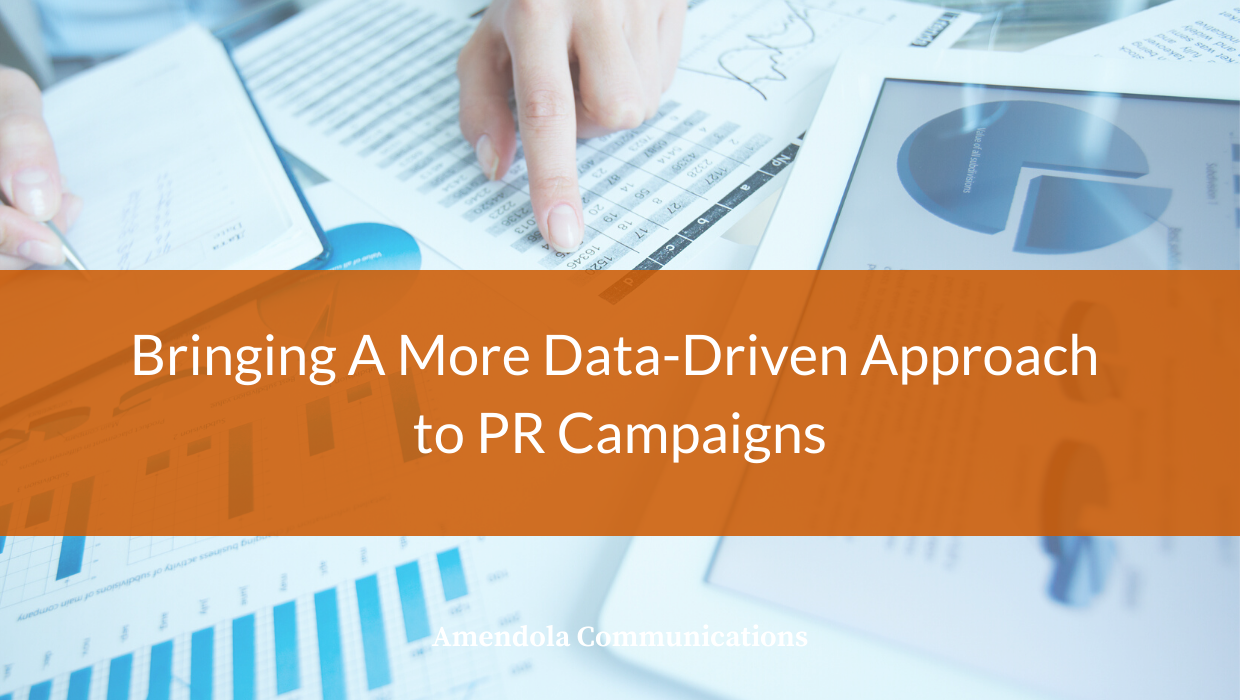As the presidential election cycle heats up we are hearing more and more about how certain campaigns are making (and have made) imaginative use of data to help boost their candidates’ chances of success. A good example is a story I heard recently about the early stages of Michael Bloomberg’s now-abandoned campaign.
According to the story, the campaign did some research to determine where the 50-100 most influential TV political talking heads live. They then made an effort to place yard signs in those neighborhoods, and perhaps all along the pundits’ route to work, to make it look like there was an organic groundswell of support for the former mayor of New York City so they would talk about it.
Pretty clever if true, wouldn’t you say? What’s more significant is that it’s plausible.
We’ve all heard stories about campaigns using sophisticated analytics to micro-target ads on social media. They may have hundreds or thousands of data-driven variations designed specifically to push exactly the right buttons of the individual who sees those ads.
In other words, the ads I see may be very different than the ads you see or our neighbors see. But they are meaningful to each of us.
One area of integrated marketing that has typically been difficult to quantify in this way is public relations. This is due to the nature of PR itself.
When you see an ad on the Internet or TV, receive a marketing email or even get a piece of snail mail, there is usually a next step you can take. You can click on link (sometimes inadvertently, thereby dooming you to forever see messages that make your blood boil), heed the urgent yelling to “CALL NOW!!!,” text a five-digit number, etc.
With PR, however, that is usually not the case. To respond to an article that captures your interest you actually have to go out of your way (the horror!) to search for a company. Or at least type in a URL. Without an action, it’s difficult to get a read on just how effective the PR campaign has been in capturing the hearts and minds (and potentially the wallets) of your target audience.
Difficult, but not impossible. Earlier this year I wrote the blog post “Three Ways to Make Your PR Campaigns More Data-Driven” for the Forbes Agency Council. It offers some key insights not only into how to measure the effectiveness of your PR campaigns but also what to measure. (SPOILER ALERT: It’s not ad equivalency, which has always been one of the worst measures of the quality of PR.)
If you’d like to learn what those ways are, follow this mercifully shortened link to the original article.
While PR may still not have the sophisticated analytics of the more advanced election campaigns, it has definitely come a long way in the last few years. Be sure you’re up on all the latest options so you can take advantage of them.
There are plenty of classes you can take. Or you can shortcut the process by letting a data-driven PR agency like Amendola Communications do it for you.
Interested? Send me an email or shoot me a text and we’ll help you make your campaign a winner.
